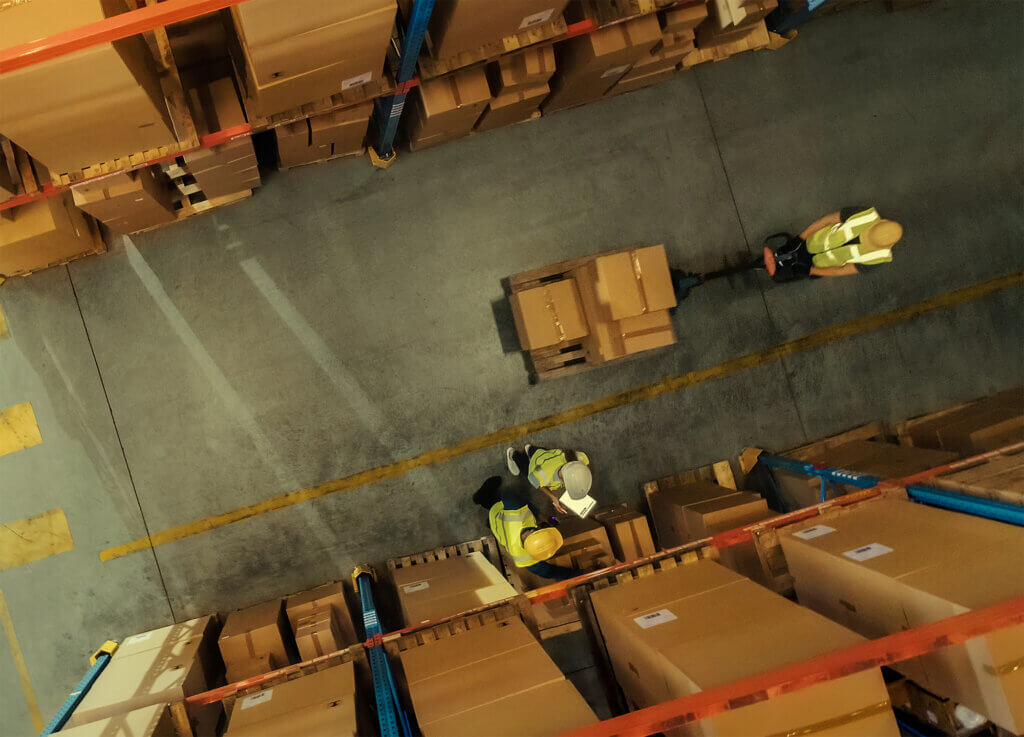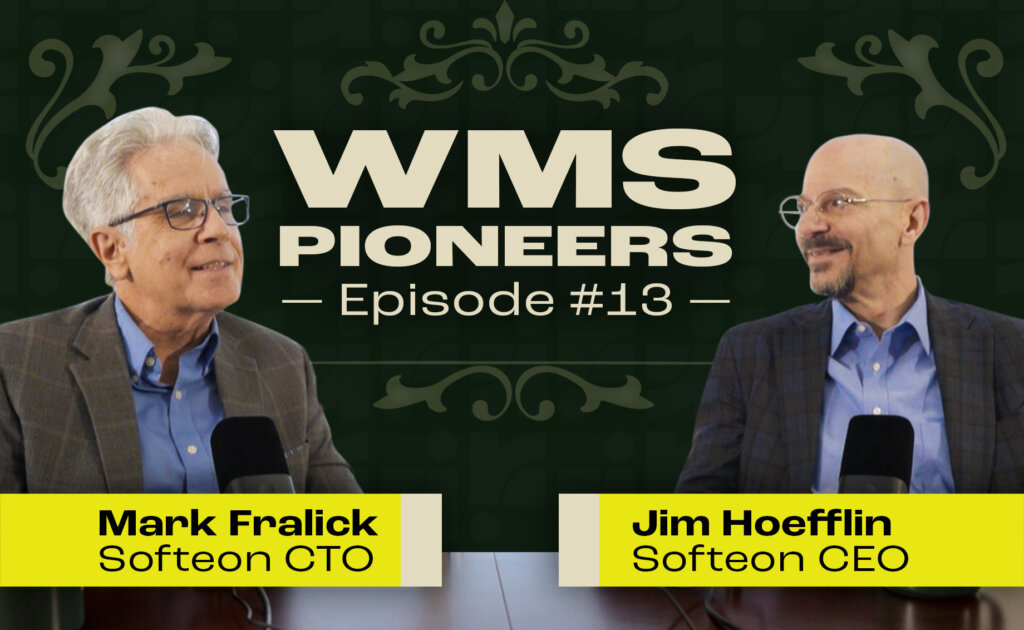The sale is done – but it’s Not Over.
It takes an extraordinary effort to keep up with supply chain management. Moving goods requires so much more than just shipping them to a final location. With so many cogs in the system, every completed order can feel like a small miracle if you actually stop and think about how much went into it. It’s plenty to keep anyone busy, and it’s why post-sales processing is so thankless. Even after you deliver the product, there are tasks that must be completed. If you want to look at a holistic way to better handle those tasks, you need to think about reverse logistics.
What Is Reverse Logistics?
Reverse logistics is not a fully defined concept in the industry. If you ask a handful of experts, you’ll get different answers. The best way to summarize it as a concept is to define reverse logistics as the processing of products after a sale.
Reverse logistics could apply to waste disposal, recycling, reuse or outright returns. Even the realm of returns is vast. Are the products being returned because of defects, shipping problems, a change in demand or for another reason?
With so much to cover, you can see why an entire logistical field is dedicated to these needs. When used correctly, reverse logistics will standardize returns, reduce waste and streamline all other processing that happens after a sale is completed.
Streamlining the Process
It’s easy to see how reverse logistics can be tied to a large labor sink, as returns and disposal aren’t exactly simple tasks. It can be confusing and a lot to juggle. That’s why it’s so important to streamline processing and the management of the system.
If you’ve ever had to return a present the day after Christmas, you can see why traditional methods just won’t cut-it at the level of service now expected by customers. It’s imperative that as much of the process be automated as possible, such as identifying, categorizing and authorizing the returns.
Learning about reverse logistical processes is easier than you might think. Check out how Softeon is tackling the problem – might have something that is perfect for your operation.




